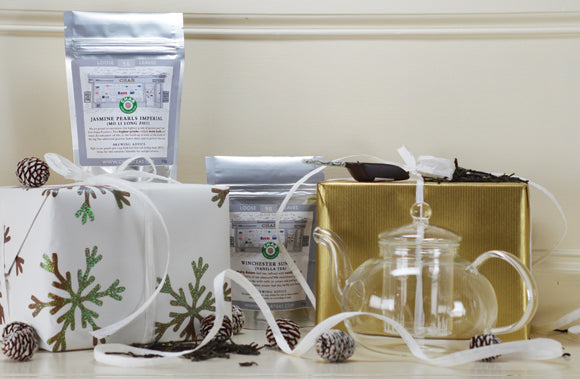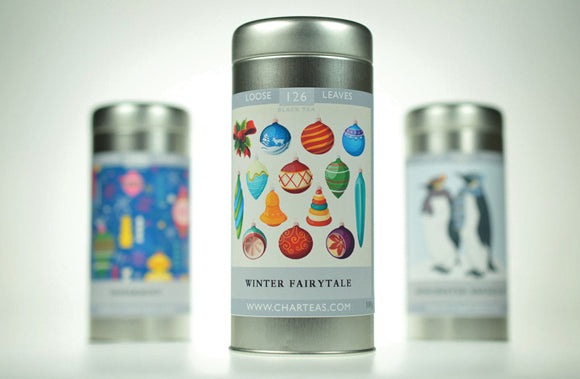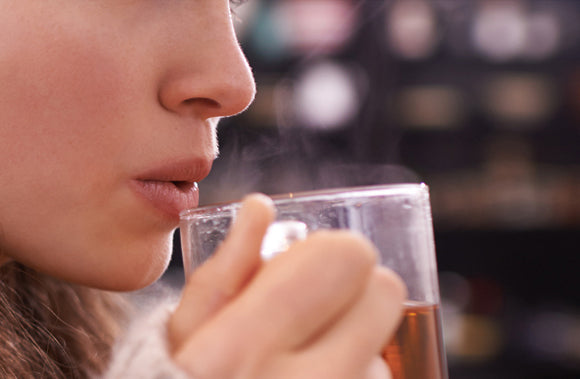
Kintsugi: Beauty in Imperfection
It is a tale we've all heard, and most have experienced ourselves: a favourite mug gets knocked off the countertop and scatters in smithereens across the floor.
Utter heartbreak.
But what if that didn't have to be the end of the story?
Kintsugi is a Japanese art form which has begun gaining popularity in the west: a practice of wabi sabi (recognising beauty in imperfection) in which broken pottery or glass is mended with gold that emphasises the journey of that item rather than trying to conceal it.
I had an opportunity to give this a go myself, after experiencing my own heartbreaking tale involving a mug I made myself and the postal system. This is what I began with.

Luckily, I knew about kintsugi (literal translation: gold joining), so I found a kit, familiarised myself with the process, and got to work!
My Kintsugi Process
As I had painstakingly and lovingly stamped the words 'wee cuppa tae' in the base of my mug at the time of making it, the kit that I decided to use for my handmade mug had to be food safe so that I could actually drink some tea from my mug at some point. It was not too difficult to find a food-safe kintsugi kit online.
When it arrived, my kit contained a pair of gloves, some sandpaper, kintsugi glue, gold mica powder, wooden stirrers, and a brush.
Firstly, I sanded the edges of the shards of my mug to allow space for the glue and provide a slightly rougher surface area which would promote adhesion. This was by far the most lengthy and least exciting part of the entire process, and a perfect opportunity to practise mindfulness and digital detoxing. It is healthy to be bored now and then, after all.
Next, after ensuring there was no residual dust from the sanding, it is time to make the glue or 'honey' as my repair kit lovingly named it. To do this, combine the two glues with a tiny pinch of gold mica powder and mix. The result will be a soft, honey-like look and texture. But act quickly as this will begin to set within minutes! Align your pieces and hold them steady for a minute or so.
After 5-10 minutes, the glue should be far less tacky and therefore ready for a generous dusting of mica powder. This is the part where the gold really shines.
Repeat as necessary for however many shards you have until you have a finished object.

In my case, I now have a mug that has battle scars before it has even seen a tea leaf, and I love it all the more for that.

Do not despair if your favourite mug falls and breaks. You can make that part of its beauty.

 Assam
Assam
 Black
Black
 Breakfast
Breakfast
 Caffeine Free
Caffeine Free
 Ceylon
Ceylon
 Cold Brew
Cold Brew
 Darjeeling
Darjeeling
 Decaffeinated
Decaffeinated
 Earl Grey
Earl Grey
 Favourites
Favourites
 Flavoured
Flavoured
 Flowering
Flowering
 Fruit
Fruit
 Green
Green
 Herbal
Herbal
 Jasmine
Jasmine
 Mate
Mate
 Oolong
Oolong
 Organic
Organic
 Pu Erh
Pu Erh
 Rooibos
Rooibos
 Scented
Scented
 Smoked
Smoked
 Sparkling
Sparkling
 White
White
 Winchester
Winchester
 Loose Tea
Loose Tea
 Tea Bags
Tea Bags
 Gift Caddies
Gift Caddies
 Teapots
Teapots
 Accessories
Accessories
 Tea Tins
Tea Tins
 Storage
Storage


